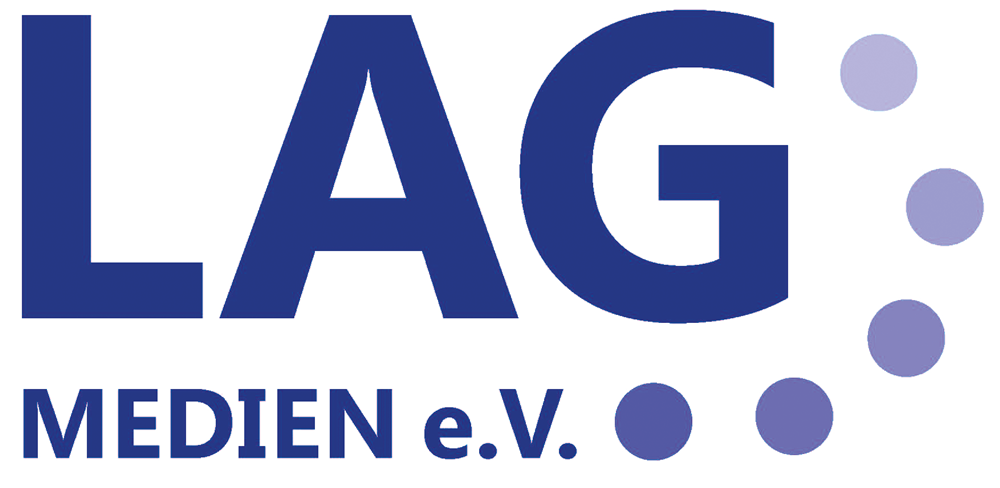P3 1-2/2021 en
Editorial
Editorial
If architects built the way some programmers make their programs, a single woodpecker could destroy entire cities.
(Author unknown.)
Dear readers,
there are a number of topics that are often neglected in the relevant trade journals, and for a simple reason: They somehow affect the industry, but not in a specific enough way to deal with them in the given narrow context. To dismiss them as marginal phenomena, however, would be completely wrong; they often go along with effects that may threaten the existence of a company or at least mean serious damage and loss of confidence.
In addition to all the problems that concern us in everyday life, the past few months have also seen a significant increase in cybercrime. We are not only talking about frequent spam attacks, dubious million profits and counterfeit pharmaceuticals, but also about serious malware attacks on production processes in companies. The associated blackmail, because nothing less is at stake here, can bring companies to the limit of their resilience - or even beyond. 96 percent of all German companies have already been the target of a business-damaging attack from the Internet - this is evident from the Forrester Cyber ??Risk Report 2020. The increased susceptibility arises from the high degree of automation and an increasing convergence between IT and OT. In this issue, we let an expert have his say: Daniel Kapellmann Zafra from FireEye shares his background knowledge and provides information on the systemic causes of the increasing ransomware threats, the dangers that come with it – and fundamental solution paths. In any case, companies in the paper, printing and media industries should seriously deal with this problem - although or precisely because it is not one of their core processes.
Have a great read!








